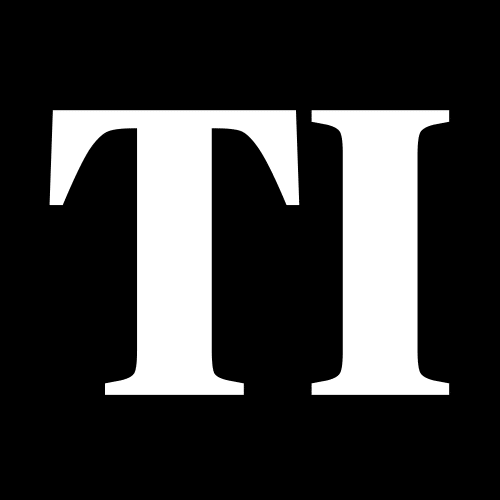Telemedicine and remote patient monitoring have experienced significant advancements in recent years, revolutionizing the delivery of healthcare and expanding access to medical services. These technologies enable healthcare providers to remotely diagnose, treat, and monitor patients, providing convenient and efficient care. Here are some key advancements in telemedicine and remote patient monitoring:
- Video Conferencing and Virtual Consultations: Video conferencing platforms have become widely used in telemedicine, allowing healthcare providers to conduct virtual consultations with patients. Patients can interact with their healthcare providers through secure video calls, discussing symptoms, receiving medical advice, and discussing treatment plans. This virtual interaction eliminates the need for in-person visits, particularly for routine check-ups, follow-ups, and non-emergency consultations.
- Remote Diagnostics and Monitoring: Telemedicine platforms and remote monitoring devices enable healthcare providers to remotely diagnose and monitor patients’ health conditions. Patients can use wearable devices, such as blood pressure monitors, glucometers, and pulse oximeters, to collect and transmit data to healthcare providers. This real-time data allows for remote monitoring of chronic conditions, post-operative recovery, and early detection of potential health issues.
- Store-and-Forward Technology: Store-and-forward technology allows healthcare providers to share patient data, images, and test results securely. Providers can review the information at a later time and provide recommendations or consultations. This technology is particularly useful in fields such as radiology, pathology, and dermatology, where medical images or samples can be captured and sent electronically for remote evaluation and diagnosis.
- Remote Prescription and Medication Management: Telemedicine platforms have integrated features that enable healthcare providers to remotely prescribe medications and manage patients’ medication regimens. Patients can receive electronic prescriptions directly to their pharmacies, enhancing convenience and accessibility to necessary medications.
- Mental Health Services: Telemedicine has significantly expanded access to mental health services. Patients can access remote counseling, therapy sessions, and psychiatric evaluations through secure video calls. These virtual mental health services have proven particularly beneficial for individuals who may face barriers to in-person mental healthcare, such as stigma, geographical distance, or limited availability of specialized providers.
- Tele-ICU and Remote Specialist Consultations: Tele-ICU programs allow intensive care unit (ICU) teams to remotely monitor and support critically ill patients in multiple locations. Through video conferencing and real-time data monitoring, remote specialists can collaborate with on-site healthcare providers, enhancing critical care management and improving patient outcomes.
- Mobile Health Applications: Mobile health applications (mHealth apps) have expanded the reach of telemedicine by providing patients with tools for self-management and remote monitoring. These apps enable patients to track their vital signs, manage chronic conditions, set medication reminders, and access educational resources. They empower patients to take an active role in their healthcare and facilitate communication with healthcare providers.
- Regulatory and Reimbursement Policies: Governments and healthcare systems worldwide have recognized the value of telemedicine and remote patient monitoring, leading to the establishment of regulatory frameworks and reimbursement policies to support their implementation. These policies aim to ensure patient safety, privacy, and quality of care while incentivizing healthcare providers to adopt and utilize telemedicine technologies.
- Integration with Electronic Health Records (EHRs): Integration of telemedicine platforms and remote monitoring devices with electronic health records (EHRs) allows for seamless exchange of patient information and data. This integration enhances care coordination, enables accurate documentation, and provides a holistic view of patients’ medical history and treatment plans.
- Advancements in Connectivity and Technology: Advancements in internet connectivity, mobile devices, and telecommunication technologies have facilitated the widespread adoption of telemedicine and remote patient monitoring. High-speed internet access, improved video quality, and secure data transmission have enhanced the reliability and usability of virtual care platforms.
Telemedicine and remote patient monitoring have proven to be valuable tools in expanding



